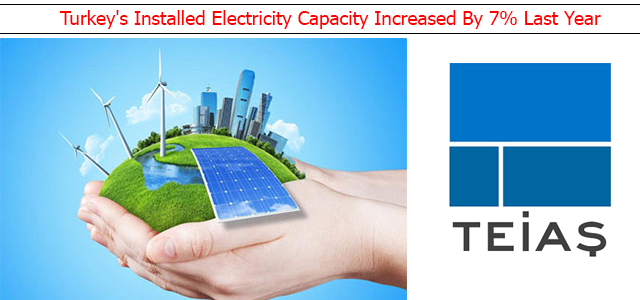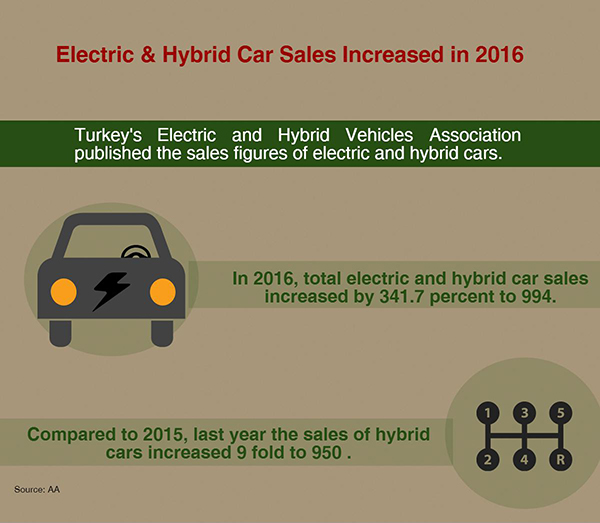Article
A New Perspective: Investment and Efficiency under Incentive Regulation
By: Rahmatallah Poudineh & Tooraj Jamasb
Following the liberalization of the electricity industry since the early 1990s, many sector regulators have adopted incentive regulation aided by benchmarking and productivity analysis. This approach has often resulted in efficiency and quality of service improvement. However, there remains a growing concern as to whether the utilities invest sufficiently and efficiently in maintaining and modernizing their networks. This paper studies the relationship between investments and cost efficiency in the context of incentive regulation with ex-post regulatory treatment of investments using a panel dataset of 129 Norwegian distribution companies from 2004 to 2010. We introduce the concept of “no impact efficiency” as a revenue-neutral efficiency effect of investment under incentive regulation that makes a firm “investment efficient” in cost benchmarking. Also, we estimate the observed efficiency effect of investments and compare these with the no impact efficiency. Finally, we discuss the implications of cost benchmarking for investment behavior of network companies.



